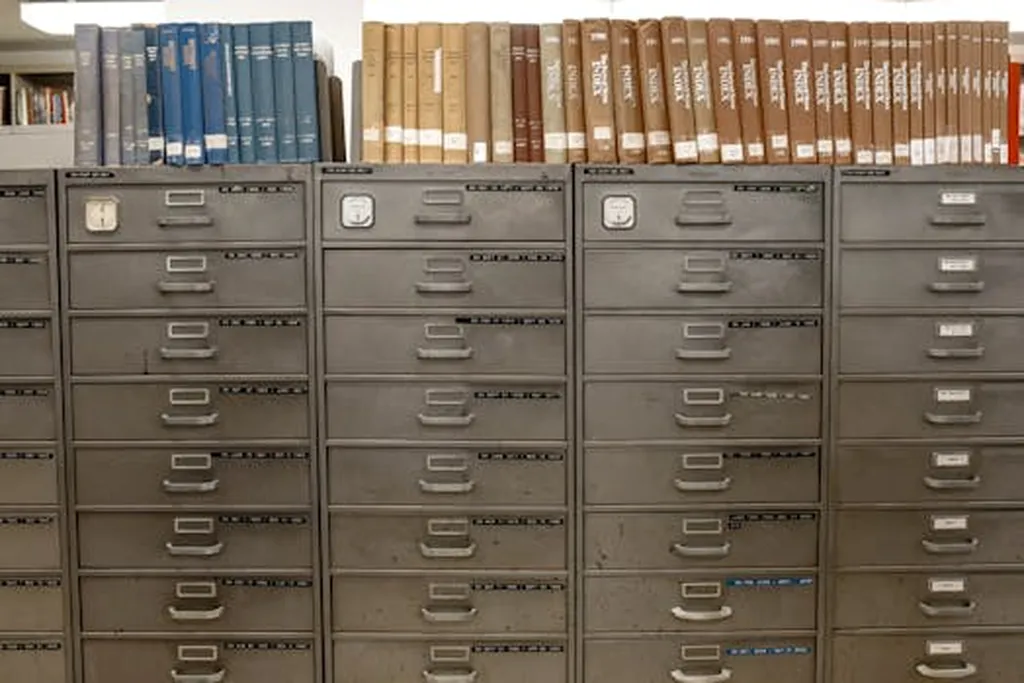In the ever-evolving landscape of precision agriculture, researchers are constantly seeking innovative ways to streamline data collection and enhance crop monitoring. A recent study published in *Agriculture* introduces a groundbreaking geofencing model that promises to revolutionize automated data collection in soybean trial plots. Led by Jiaxin Liang from the College of Information and Electrical Engineering at Heilongjiang Bayi Agricultural University, this research addresses a critical gap in current autonomous phenotyping systems: the need for manual intervention to start and stop data collection.
The team’s solution is an elliptical calibration rotating geofencing technique, a sophisticated method that leverages advanced positioning calibration and geometric alignment. By preprocessing coordinates with Z-scores and mean fitting, the system performs global error calibration via weighted least squares. This ensures high accuracy in determining the inclination angle between the row direction and the relative standard direction, a crucial factor for precise data collection.
“The system achieves an average response time of 0.115 seconds for geofence entry, with perfect accuracy and recall rates of 1,” explains Liang. This near-instantaneous response time and flawless performance meet the stringent requirements for starting and stopping geographic fencing in soybean ridge trial plots. The implications for the agriculture sector are profound, as this technology paves the way for dynamic, on-demand automatic start–stop functionality in smart data collection devices.
The commercial impact of this research cannot be overstated. Precision agriculture relies heavily on accurate and timely data to optimize crop yields and resource management. By automating the data collection process, farmers and researchers can focus on analysis and decision-making rather than manual labor. This not only increases efficiency but also reduces the potential for human error, leading to more reliable and consistent results.
Moreover, the geofencing model’s ability to adapt to different field conditions and crop layouts makes it a versatile tool for various agricultural applications. As the agriculture sector continues to embrace smart technologies, this innovation could become a cornerstone of modern farming practices, enhancing productivity and sustainability.
The research published in *Agriculture* by lead author Jiaxin Liang from the College of Information and Electrical Engineering at Heilongjiang Bayi Agricultural University, represents a significant step forward in the field of agricultural technology. By addressing the limitations of current systems, this geofencing model offers a robust solution that could reshape the future of precision agriculture. As the industry continues to evolve, such advancements will be crucial in meeting the growing demands for efficient and sustainable farming practices.

